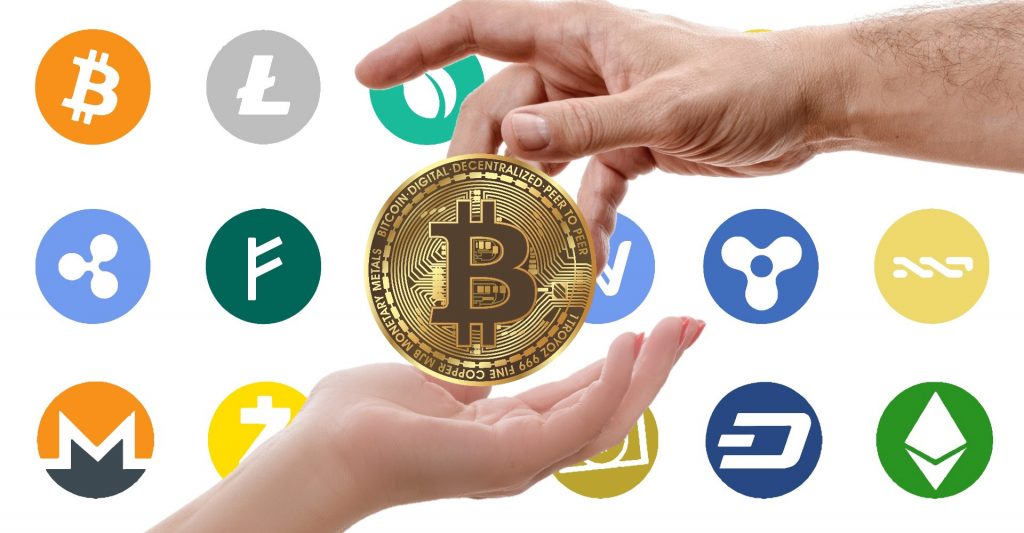
A certain mechanism is necessary for the virtual currency to function as a currency. For example, the payer can always pay, and the recipient can prove that he/she did. Mr. Satoshi Nakamoto, the creator of Bitcoin, which I introduced earlier, has transparency that anyone can verify freely, and by creating a ledger system that only one can write the remittance process about his own money, this Made possible. This mechanism was the blockchain technology.
Blockchain technology is simply a collection of data, which is also called the blockchain. The entity is made up of data units called blocks, and the blocks are linked together as if they were chains. Each block contains data called a transaction that describes an individual money transfer transaction, and the contents of each block and the transaction are protected from tampering by cryptography. Then, with the passage of time, blocks will be created one after another that summarize the new transactions in the world, leading to the end of the block chain.
To put it plainly, a blockchain is like a ledger that puts together all the remittance transactions that have ever taken place, one page corresponds to a block, and each line in that page is a transaction. It is an image that each person has a description of the sender, the recipient, and the amount of money, and that the sender’s seal is stamped. Therefore, what the blockchain represents is the ledger itself, “who sent to whom and how much was sent,” and if you read this ledger from the beginning, you will know “who now has how much.”
On the other hand, in order to trade with virtual currencies, in addition to this blockchain data, you need your own address and the corresponding private key data. Similar to an account number and PIN. Of course, the balance in the address is empty at first, but if the transaction sent by someone to you is recorded on the blockchain, the balance will increase. Conversely, to send money to someone you create a transaction with your private key and then send it over the network to someone called a miner. The miner collects transactions gathered from all over the world into blocks by special calculation processing and distribute them to Bitcoin boom users all over the world.
This is the outline of blockchain technology, but in reality, more elements are intricately intertwined and operate with exquisite mechanics. However, surprisingly, the idea of connecting data like a chain to prevent tampering, the cryptography that appears in it, and the mechanism of efficiently distributing blocks on the network, each existed before is. The great thing regarding blockchain technology is that we have successfully combined many technological elements into a system that can withstand the use of currency.
The future of blockchain technology
It goes without saying that virtual currency could not be realized without blockchain technology, but it is also true that there was no development of blockchain technology without virtual currency. Now, with virtual currency becoming recognized in society, where is blockchain technology going from now on? The author believes that there are two directions for the development of blockchain technology.
R&D is actively carried out around the world, and new block chains are being created one after another. One such example is Ethereum. Ethereum is a blockchain that handles virtual currencies like Bitcoin, but the title “World Calculator” has been
added to the concept (video), and programs can be written on the blockchain. As a result, a program called DAO (Decentralized Autonomous Organization) that describes rules for rising and redistributing funds by virtual currency was created, and it became possible to create a mechanism like a stock company on the blockchain. It was recently, a scheme called ICO = Initial Coin Offering, which falsifies IPOs (listed on the stock market), has been implemented, and it is attracting attention as a new capital raising platform. Due to such innovation, it is now the second most popular virtual currency after Bitcoin and has the highest market valuation.
Other than that, for example, Zcash, a virtual currency that encrypts transactions on the blockchain and keeps them secret to non-stakeholders so that the movement of funds cannot be tracked at all.
